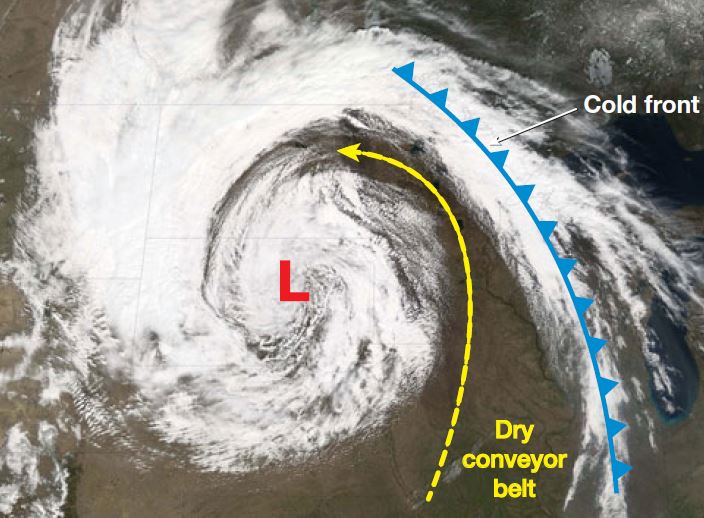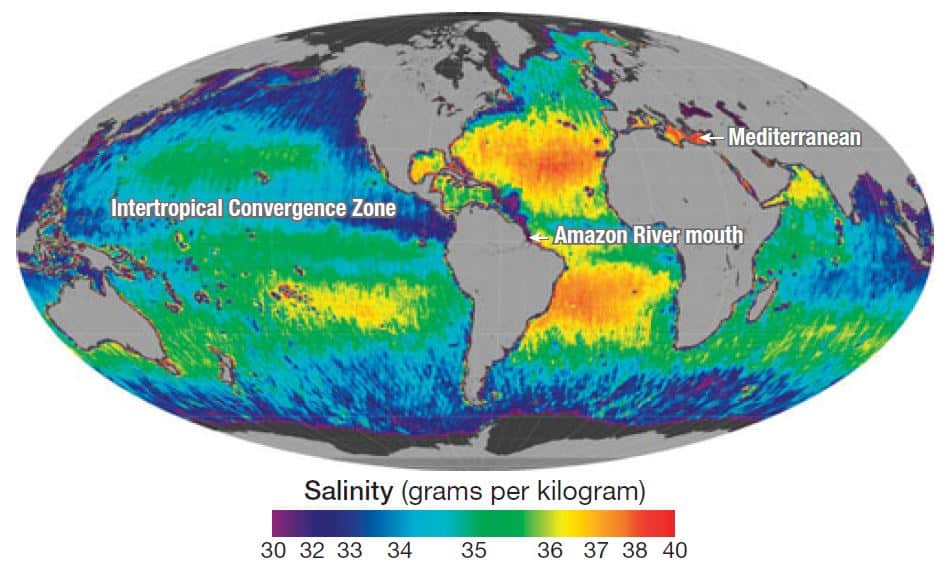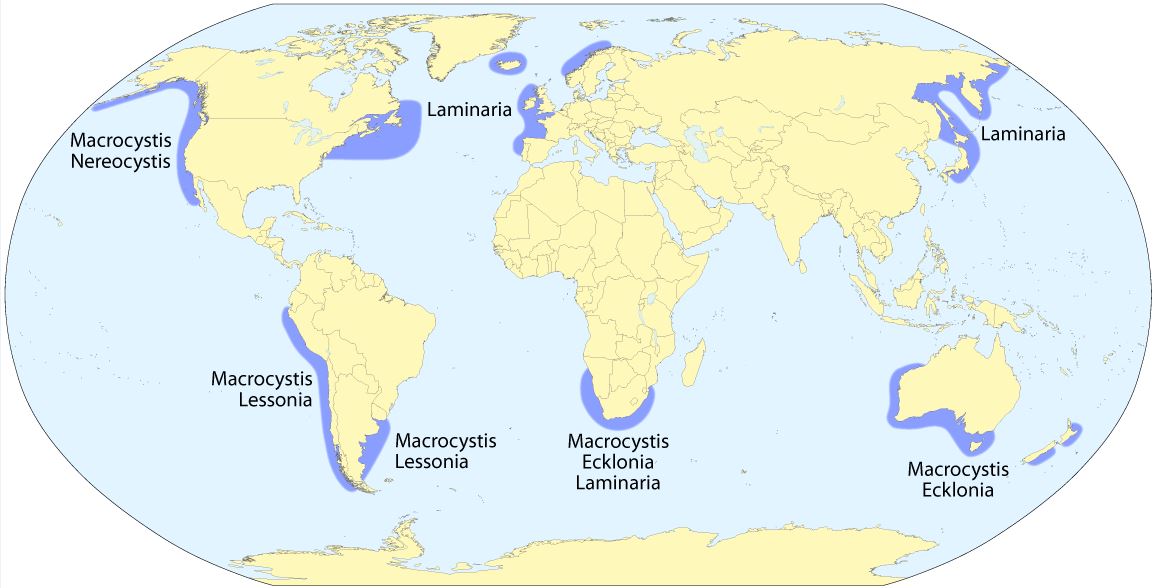Table of Contents
Geographical Indications of Goods: Exploring their Significance, Features, Objectives, Effects, Pros and Cons
Introduction
Geographical Indications of Goods (GIs) are a form of intellectual property right (IPR) that identify a product’s origin and ensure its quality and reputation. GIs refer to a geographical indication that indicates the country or place of origin of a product.
Significance of Geographical Indications of Goods
GIs play a crucial role in promoting local culture, traditions, and heritage associated with specific products. They help protect traditional knowledge and ensure fair trade practices. GIs are also important for rural development as they provide economic opportunities to rural communities by promoting regional specialties.
Key Features of Geographical Indications of Goods
1. Geographical origin:
GIs are based on the specific geographical area where the product is produced. The unique characteristics of the region contribute to the distinctiveness of the product.
2. Reputation and quality:
GIs are granted only to products that have a reputation or certain qualities associated with their origin. This ensures that consumers can trust the authenticity and quality of the product.
3. Protection and enforcement:
GIs receive legal protection to prevent misrepresentation and unauthorized use. Unauthorized use or imitation of a GI can lead to legal actions.
Objectives of Geographical Indications of Goods
1. Protecting consumers:
GIs help consumers make informed choices by ensuring that products with specific qualities and characteristics are accurately labeled and marketed.
2. Promoting rural development:
By protecting regional specialties, GIs contribute to the economic development of rural communities and help preserve traditional knowledge and practices.
3. Encouraging fair trade:
GIs create a level playing field for producers by preventing unauthorized use of a product’s geographical indication. This promotes fair competition and prevents misleading practices.
Effects of Geographical Indications of Goods
GIs have several positive effects:
1. Economic growth:
GIs contribute to the economic growth of regions by supporting local industries, generating employment, and attracting tourism.
2. Cultural preservation:
By protecting traditional products, GIs help preserve cultural heritage, traditions, and knowledge associated with specific regions.
3. Quality assurance:
Consumers can rely on GIs to ensure the quality, safety, and authenticity of products. This builds trust and strengthens brand value.
Pros and Cons of Geographical Indications of Goods
Pros:
– Protection of traditional knowledge and cultural heritage.
– Promotion of fair trade practices and market opportunities for rural communities.
– Preservation of biodiversity and sustainable agricultural practices.
Cons:
– Complex registration and enforcement processes can be time-consuming and costly for producers.
– The exclusivity of GIs may limit competition and hinder innovation.
Fun Fact about Geographical Indications of Goods:
Did you know that the first documented use of a geographical indication dates back to 1730 when the Roquefort cheese of France was protected by law?
Conclusion
Geographical Indications of Goods play a vital role in protecting the reputation, quality, and origin of products. They promote economic growth, preserve cultural heritage, and provide consumers with assurance about the authenticity and quality of products. While there are some challenges associated with registration and enforcement, the overall impact of GIs is highly positive. As a consumer, you can support GIs by choosing products with recognized geographical indications and contributing to the preservation of local traditions and communities.
Mutiple Choice Questions
1. Which organization is responsible for the protection of Geographical Indications of Goods?
a) World Trade Organization (WTO)
b) Trade Related Aspects of Intellectual Property Rights (TRIPS)
c) Paris Convention for the Protection of Industrial Property
d) ProEducator Academy
Explanation: Geographical Indications of Goods are protected under the provisions of the World Trade Organization (WTO) and the Trade Related Aspects of Intellectual Property Rights (TRIPS) Agreement, as well as the Paris Convention for the Protection of Industrial Property.
2. When did the Geographical Indications of Goods (Registration and Protection) Act, 1999 become effective in India?
a) September 15, 2003
b) October 26, 2023
c) January 1, 2000
d) It is not specified
Explanation: The Geographical Indications of Goods (Registration and Protection) Act, 1999 became effective in India on September 15, 2003.
3. Which state/UT is known for producing Chokua Rice?
a) Assam
b) Odisha
c) Tamil Nadu
d) Uttar Pradesh
Explanation: Chokua Rice is produced in the state of Assam.
4. Which state/UT is known for producing Jaderi Namkatti?
a) Assam
b) Odisha
c) Tamil Nadu
d) Uttar Pradesh
Explanation: Jaderi Namkatti is produced in the state of Tamil Nadu.
5. Which state/UT is known for producing Usta Kala Shilp?
a) Goa
b) Rajasthan
c) North Karnataka
d) Andhra Pradesh
Explanation: Usta Kala Shilp is produced in the state of Rajasthan.
6. Which state/UT is known for producing Araku Valley Coffee & Pepper?
a) Goa
b) Rajasthan
c) North Karnataka
d) Andhra Pradesh
Explanation: Araku Valley Coffee & Pepper is produced in the state of Andhra Pradesh.
7. Which state/UT is known for producing Gond Painting?
a) Madhya Pradesh
b) Tamil Nadu
c) Andhra Pradesh
d) Jammu & Kashmir
Explanation: Gond Painting is produced in the state of Madhya Pradesh.
8. Which state/UT is known for producing Ladakh Seabuckthorn?
a) Madhya Pradesh
b) Ladakh (UTs)
c) Maharashtra
d) Jammu & Kashmir
Explanation: Ladakh Seabuckthorn is produced in the Union Territory of Ladakh.
9. Which state/UT is known for producing Morena Gajak?
a) Madhya Pradesh
b) Tamil Nadu
c) Andhra Pradesh
d) Rajasthan
Explanation: Morena Gajak is produced in the state of Madhya Pradesh.
10. Which state/UT is known for producing Bhandara Chinoor Rice?
a) Maharashtra
b) Odisha
c) Tamil Nadu
d) Jammu & Kashmir
Explanation: Bhandara Chinoor Rice is produced in the state of Maharashtra.
Brief Summary | UPSC – IAS
Geographical Indications of Goods refer to the origin of a product being associated with a specific country or place within that country. They are protected as a component of intellectual property rights under various international agreements. In India, the Geographical Indications of Goods (Registration and Protection) Act was enacted in 1999 to comply with the World Trade Organization (WTO) agreements. The act came into effect in 2003. This article also provides a list of some products that have been granted geographical indication tags in various states and union territories of India.










